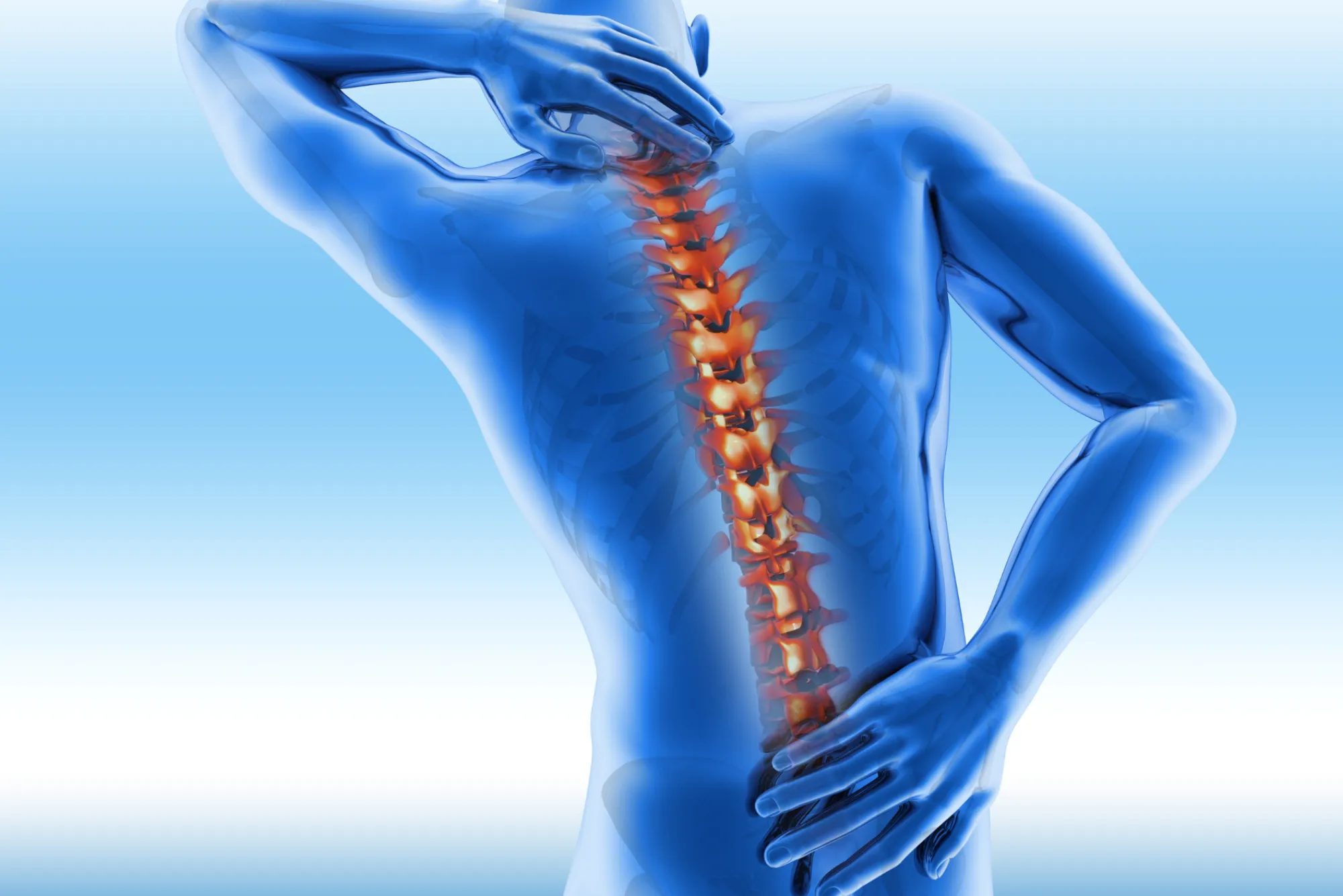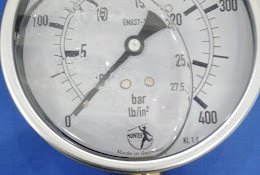Turning to back pain, this kind of problem is often seen among many of Dubai’s residents and is also one of the causes that disrupts their daily routines and includes some elements of quality of life. There are numerous causes of back pain, and one relatively unfamiliar one is neurogenic claudication, which affects the nerves in the lumber region and manifests as pain, numbness, and weakness in the lower extremities.
The condition is attributed to spinal stenosis, which occurs when spaces in the spine narrow down, putting pressure on the nerves. Most people feel this pressure as lower back pain, which restricts both physical activities and overall well-being.
Understanding Neurogenic Claudication
What Is Neurogenic Claudication?
Neurogenic claudication is the pain, tingling, or numbness associated with the lower back radiating into the legs. It warrants a description of: it becomes more pronounced with prolonged walking or standing and relieved with sitting or bending forward. Compression or irritation of spinal nerves, mostly due to lumbar spinal stenosis, is the cause of these symptoms.
The nerve compression may cause less blood to flow and nerve function impairment, leading to discomfort-wanting an ache of slight intensity or severe debilitating pain. For those suffering from chronic lower back pain, understanding the root cause of the pain is imperative in effectively managing the condition.
Causes of Neurogenic Claudication
In essence, lumbar canal stenosis is one predominant factor behind the development of neurogenic claudication. The narrowing of the spinal canal could arise through a variety of causes, such as:
- Degenerative Changes: Degeneration in the spine structures (discs, joints, and ligaments) with age. These changes can create less space in the spine, leading to nerve compression.
- Ligamentous Hypertrophy: Thickening of the ligaments over time can also cause narrowing of the canal.
- Facet Joint Arthritis: The facet joint can develop arthritis, which results in bone growth called osteophytes that contribute to the narrowing of the spinal canal.
- Disc Bulging or Herniation: The intervertebral discs may bulge or herniate due to injury or a degenerative process, thereby putting pressure on the nerves.
The Link to Lower Back Pain
One hallmark symptom of neurogenic claudication is low back pain. Nerve compression in the lumbar region generally induces pain, which may persistently radiate to the buttocks with referral to the legs. Initially, many patients may confuse this pain for simple muscle strain or just an ordinary ache of the overworked back. However, the key distinguishing characteristic of neurogenic claudication is that the pain diminishes while the patient sits or leans forward—this is a major diagnostic clue for the clinician.
Recognizing the Symptoms and Diagnosis
Common Symptoms
A complete picture of symptoms is necessary to achieve early detection and intervention. Here are the following characteristics to be on guard with:
- Lower Back Pain: A dull or sharp pain is mostly felt in the lower back and worsens when engaging in any kind of physical activity.
- Leg Discomfort: Tingling, numbness, or cramping in any or all of the legs, particularly after walking or standing for prolonged periods of time.
- Weakness: Feeling of heaviness or fatigue in the legs, with possible extension into balance or gait problems.
- Pain Relief via Change of Posture: Improvement in complaints when bent forward or sitting.
Diagnostic Methods
Accurate diagnosis of neurogenic claudication is crucial. Typically, a combination would be the use of these methods for diagnosis by healthcare providers in Dubai:
Medical History & Physical Examination: A thorough discussion of the patient’s experience and lifestyle, along with a physical examination, can provide very important clues. Doctors evaluate relative posture, the pattern of gait, and neurological function to determine the extent to which nerves are involved.
Imaging Studies: MRI scans, Magnetic Resonance Imaging, and Computed Tomography (CAT) are currently being used by healthcare facilities and institutions to picture the anatomy of the spinal cord. These images reveal the extent of spinal stenosis and the site of nerve compression.
Electrodiagnostic Tests: Although not usually performed, nerve conduction studies and electromyography (EMG) evaluate the performance of nerves and muscles.
Effective Back Pain Treatments for Neurogenic Claudication
It is appropriate for neurogenic claudication patients to know the range of treatments available, especially in a highly populated city like Dubai.
Conservative Treatment Options
Conservative treatment will be the first line in practically all cases, focusing on managing the symptoms and improving mobility without invasive procedures.
Physical Therapy and Exercise
Neurogenic claudication involves physical therapy as one of the main tenets. Therapists design individually tailored exercise regimens to strengthen the core and back muscles, increase flexibility, and promote better posture. Physical activity is also known to relieve lower back pain and prevent the development of spinal stenosis.
Medications and Injections
Pain and inflammation are usually treated with non-steroidal anti-inflammatories, muscle relaxants, and sometimes, other analgesics. In patients who obtain insufficient relief using the above treatment, epidural steroid injection will also be suggested.
Lifestyle Modifications
Healthy living makes a great contribution to managing symptoms. Ideal body weight decreases the load on the spine; correct lifting techniques and the integration of some stretching exercises in daily life can have an amazing effect.
Invasive Treatment Options
Surgical intervention should be contemplated once conservative techniques have failed. This therapy will be directed towards decompressing a nerve and thus providing better long-term relief.
Surgical Interventions
Surgery refers to a type of procedure whereby parts of sickly tissues are cut from a patient’s body. An example of such a method is decompressive laminectomy. This procedure entails cutting off part of the vertebra for a wider spinal canal free from any pressure that the nerve may feel. However, such a situation would only arise in very severe cases where all non-invasive measures have been exhausted. Still, it can give significant improvements to patients who suffer from unrelenting low back pain.
Minimally Invasive Procedures
Minimally invasive surgery of the spine is actually a new option under consideration. Possibly as good as the other methods, surgeons with advanced imaging and specialized instruments perform small incision surgery to reduce trauma to surrounding tissues.
The Final Words
Neurogenic intermittent claudication is an insidious “mask” cause of low back pain that is usually discovered when symptoms significantly affect a patient’s daily activities. It needs a careful diagnosis and a well-planned treatment strategy because its hallmark symptoms are pain, numbness, and weakness, which increase with activity. For residents of Dubai, where a modern lifestyle can foster and take advantage of advanced medical facilities, this is the first step to continued management and reaching health status.









